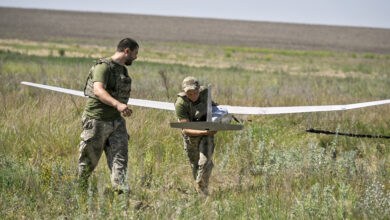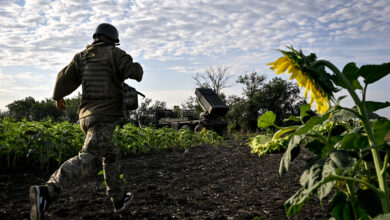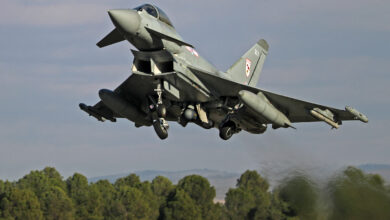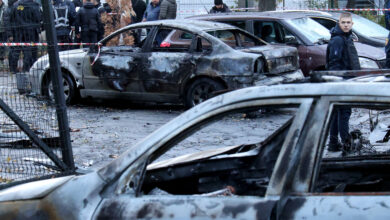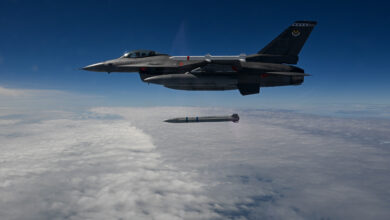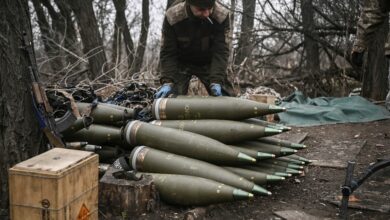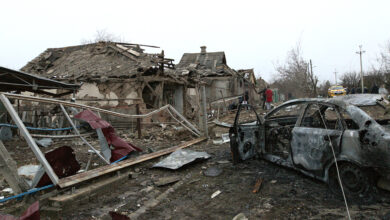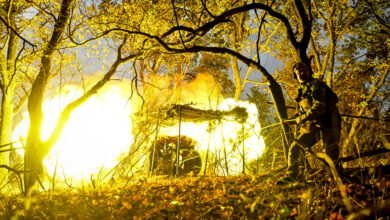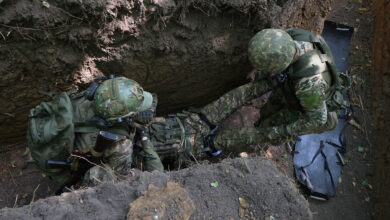NATO needs “to ramp up production” of ammunition as Ukraine’s rate of usage is far outstripping current capacities and draining stockpiles, the defense alliance’s chief Jens Stoltenberg said Monday.
“The war in Ukraine is consuming an enormous amount of munitions, and depleting allied stockpiles,” Stoltenberg told journalists.
“The current rate of Ukraine’s ammunition expenditure is many times higher than our current rate of production. This puts our defence industries under strain.”
Stoltenberg admitted that NATO was facing a “problem” as current waiting times for large-caliber ammunition have grown from 12 to 28 months.
But he insisted he was confident steps taken so far meant NATO members were “on the path that will enable us both to continue to support Ukraine, but also to replenish our own stocks.”
Ukraine’s Western backers — who have supplied billions of dollars of arms — will meet Tuesday in Brussels to discuss Kyiv’s weapons demands as Stoltenberg said Russian President Vladimir Putin is “launching new offensives.”
The NATO chief said there was an ongoing discussion among allies about Ukraine’s demands for modern fighter jets to be sent to the battlefield.
But he said a key focus was on making sure the necessary amounts of weaponry flowed to Kyiv’s forces on time and that allies made good on commitments already made on heavy guns and armored vehicles.
“It is clear that we are in a race of logistics,” Stoltenberg said.
“Key capabilities like ammunition, fuel, and spare parts must reach Ukraine before Russia can seize the initiative on the battlefield. Speed will save lives.”
US NATO ambassador Julianne Smith said the alliance was looking to work “hand in glove” with industry to ramp up output and slash production times.
“This is absolutely essential to ensure that we can keep supporting Ukraine while also ensuring that we collectively can protect every inch of allied territory,” she said.
Fighter Jet Plea
Ukrainian President Volodymyr Zelensky made a powerful plea during a trip to London, Paris, and Brussels last week for NATO members to send fighter planes to Kyiv.
Zelensky won a commitment to train pilots from Britain but did not get any firm promises that his forces will get Western planes.
Diplomats from several NATO allies said they did not expect there to be any firm announcement from Tuesday’s meeting on supplying jets, but that momentum was building.
The United States — by far the biggest supplier of arms so far to Ukraine — is seen as key as it could greenlight sending the widely used F-16 fighters.
“The United States remains committed to getting Ukraine what they need,” Smith said.
“We leave that to each sovereign nation to determine how they want to provide assistance and what type of assistance for Ukraine that is left in the hands of each individual capital.”



